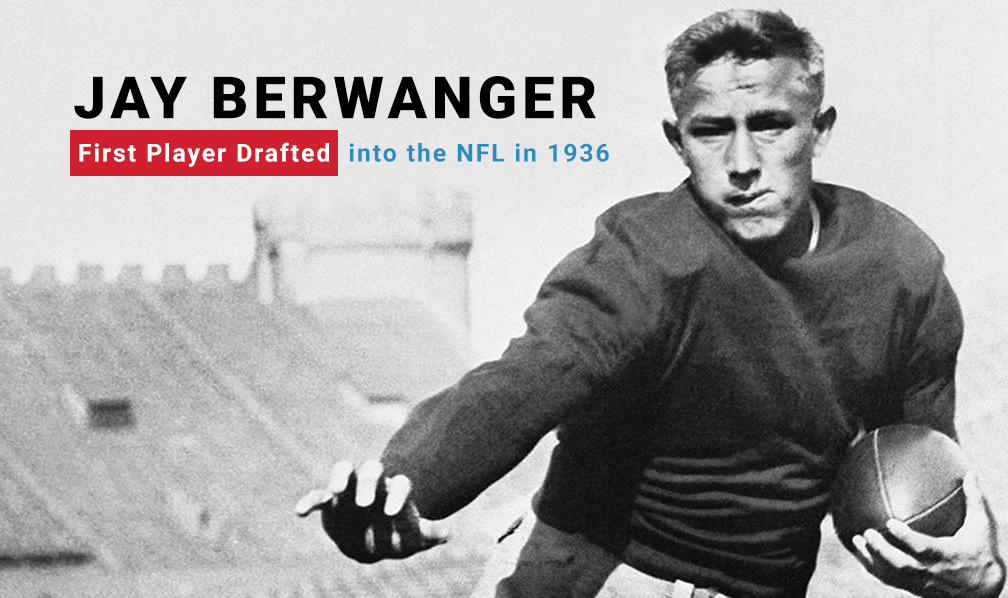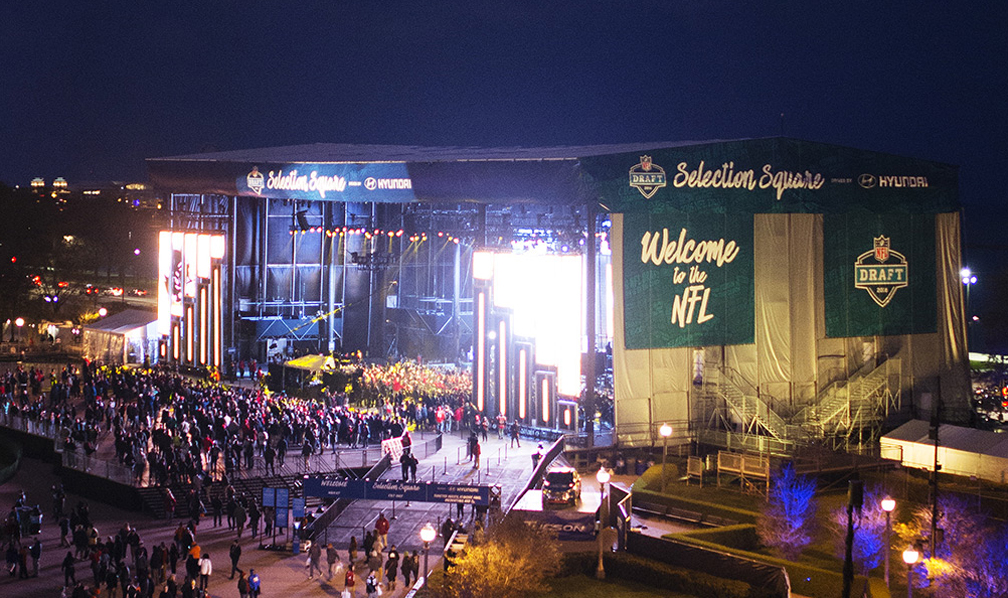For three days, life seems to freeze for football fans, coaches, teams, and collegiate hopefuls all over the globe. All eyes are glued to the television and online news tickers. Prospective players hold their heads high hoping for their life-changing dream to come true.
The NFL Draft sets the stage for a brand-new season of football and the event’s popularity has soared into the mainstream throughout the years. As we prepare for the 2017 NFL Draft in Philadelphia, PA, let’s take a look back at its impact, origins, and what it means for both players and fans of the gridiron.

The early days of the NFL Draft [Photo Sources: Left – Pro Football Hall of Fame (http://www.profootballhof.com/draft-timeline/), Right – Fanspeak (http://fanspeak.com/radionetwork/2014/05/07/nfl-draft-facts-history/)]
A legacy dating back over 80 years
Originally founded in 1920 and named the American Professional Football Association, the league began with a mere ten teams representing four states. As time progressed, the league practiced more formal organization and grew to its current size of 32 teams after its merger with the American Football League in 1960. What resulted from this merger was the foundation for what we know today as the NFL and the creation of the most-watched annual sporting event in the country, the Super Bowl.
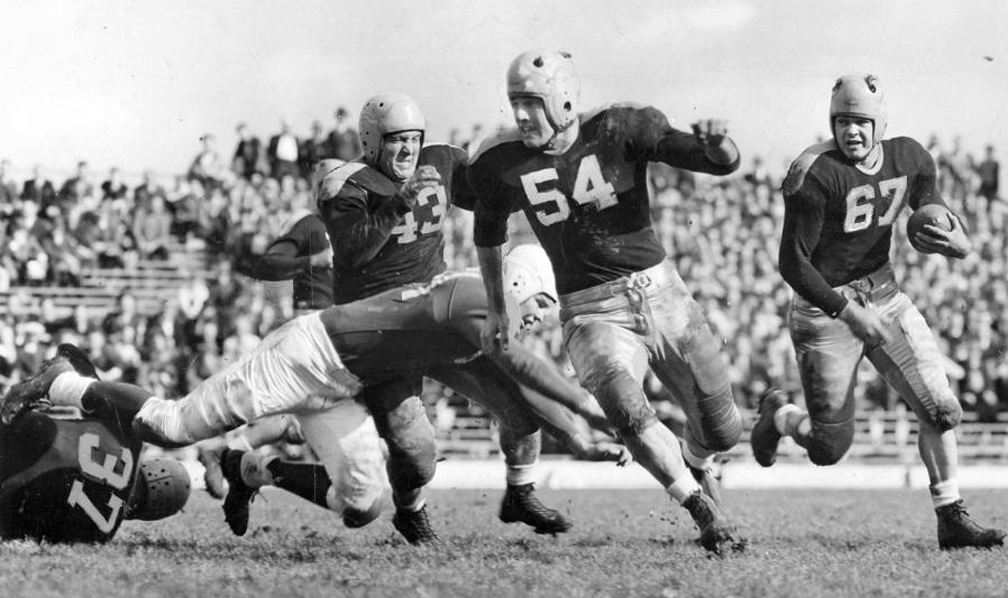
The Green Bay Packers circa 1930–1940 [Photo Source: Green Bay Packers (http://www.packers.com/photos/photo-gallery/A-look-back-at-the-Packers-1930s-40s-uniforms/37cdc09c-211f-474d-b4f0-a941d3fc9a1a#7fcd9690-330b-48aa-852f-538e48d1787d)]
Growing up and the competition with the AFL
Over the following years after the first NFL Draft, a number of protocols, special selections, and rules were integrated into the event. Some of these rules have been abandoned and altered since being introduced, but the basis to the modern draft remains intact. Beyond the growth of the NFL Draft, the league faced some formidable competition from the American Football League. The AFL, born in the 1960s, gained popularity and, in turn, drew a number of prospective players over to their league instead of the NFL. Through the mid-sixties, both the NFL and AFL held separate draft events, fueling the leagues’ rivalry fire. Player salaries skyrocketed due to this competition and broadcast networks battled to support the NFL and AFL for the boost of their own rating numbers.
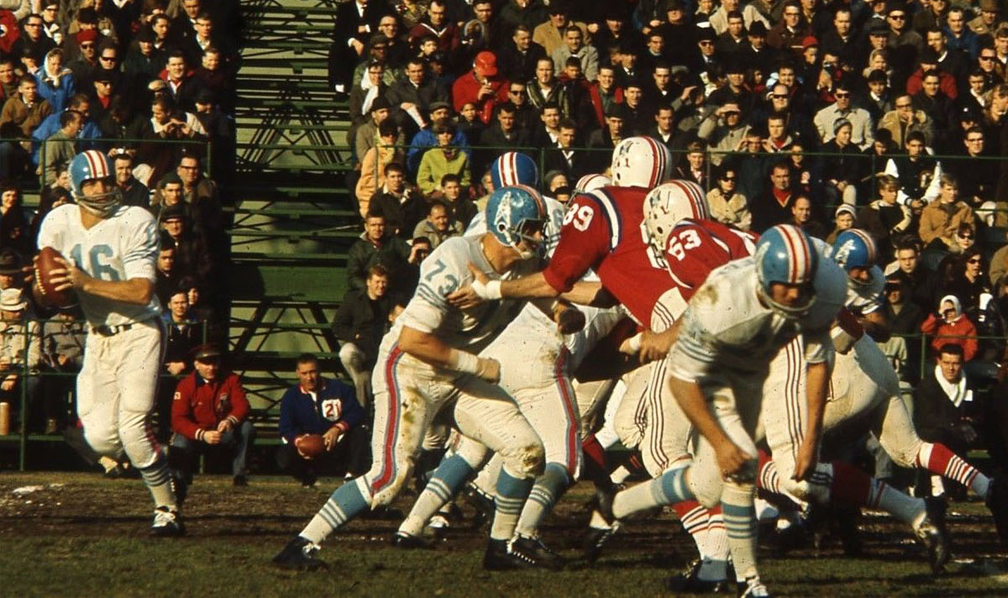
[Photo Source: Tales from the American Football League http://talesfromtheamericanfootballleague.com/page/136/]
United as one
At the end of the sixties, the NFL and AFL agreed to a merger which eliminated the separate draft events for each league. The newly expanded football association still had some lingering favoritism, with many fans and followers acknowledging that the NFL was the superior league. The NFL Draft now became a unified event with possibly even more intense competition for top collegiate talent. Through the next few decades, the Draft became crucial to teams’ success and the strategy behind each pick involved multiple trade deals and talent projection.
Along with the merger of two leagues and unification of draft selections, the Super Bowl was born. One of the conditions of the merger agreement was a championship game played between the two league champions. This final game of each season would grow to unbelievable heights and fandom, and it is now one of the most immense sporting experiences of all time. The NFL Draft has become a formidable tool that, when used well, can carry franchises to the Super Bowl with careful talent scouting and capturing the best up-and-coming players.
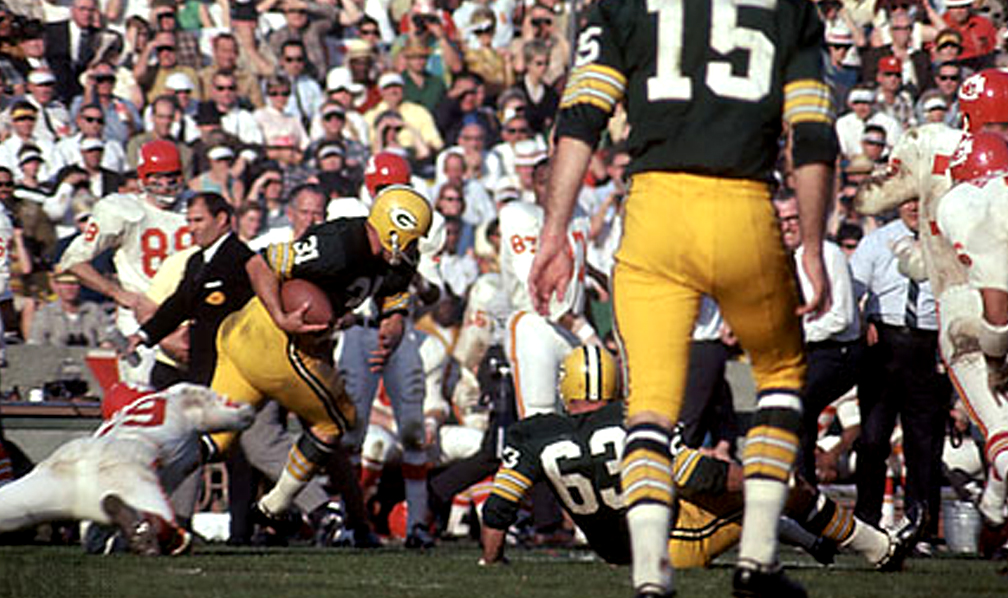
The First Super Bowl / Green Bay Packers vs. Kansas City Chiefs [Photo Source: Britannica (https://www.britannica.com/sports/Super-Bowl)]
The cultural impact of the NFL Draft and the most popular sport in the United States
In the event’s more recent years, advances in technology and broadcasting has brought the NFL Draft coverage to a record number of fans. Additionally, the digital age has evolved the way scouts and teams analyze, track, and strategize their draft picks. There’s no denying the cultural impact of the NFL and the loyalty felt by the sport’s most dedicated fans. The Draft is just as important as any game (if not, arguably more), and has made an enormous difference in teams’ performances for the upcoming season.
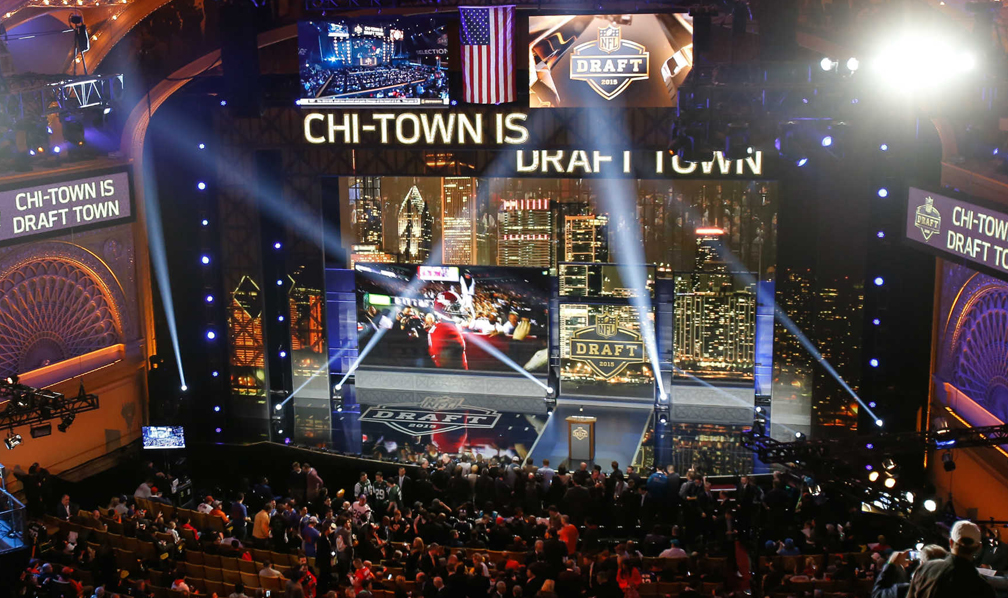
The NFL Draft has grown to new heights and unmatched popularity [Photo Source: Sporting News (http://www.sportingnews.com/nfl/news/nfl-draft-2016-mock-time-tv-channel-online-stream/va5crrw7ql991y2nhgjc24tyb)]
The popularity of the sport also creates the need for not only a way to view its events, but for fans to engage in entire experiences. Fans want to live football. They want to see what it’s like to step into the shoes of their favorite player. They want to have their own fantasy drafts and competitions based on their own choices and how they would play the game. They want to wear their team’s jerseys and support their franchise in any way they can. The NFL is one of the biggest cultural entities of modern day—it’s hard to think that the creators of the sport over 80 years ago could ever have imagined its full potential. Today, the NFL partners with companies all over the globe to create experiential and interactive events that reach the game’s most diehard fans, all the way down to its youngest ones.
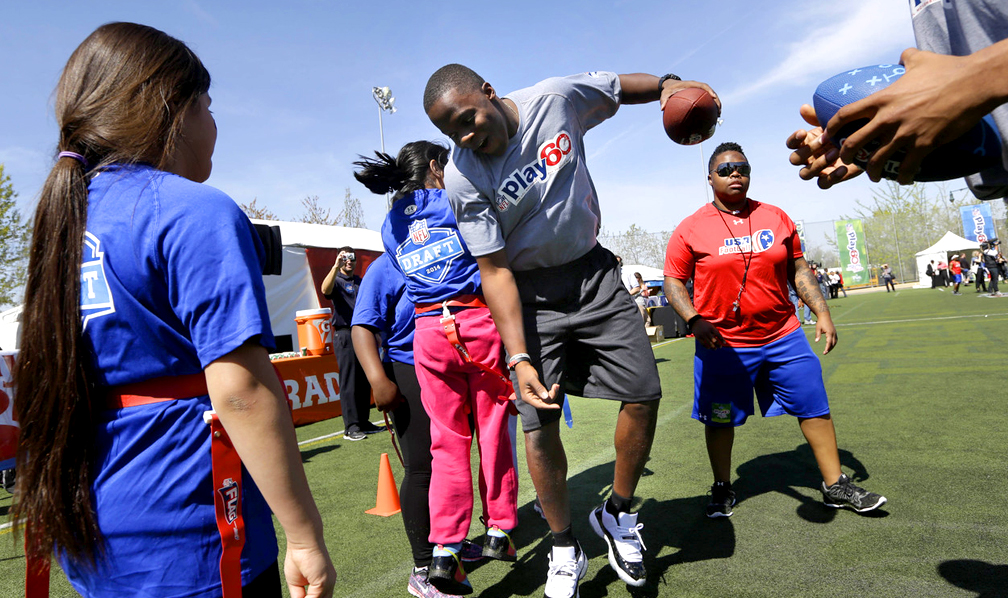
NFL’s Play 60 is a youth football fan favorite [Photo Source: NFL Website (http://www.nfl.com/photos/0ap2000000347568/0ap2000000347449)]
And by the way, who’s your first pick prediction?
Sources:
Pro Football Hall of Fame
Fanspeak
Green Bay Packers
Alchetron
Tales from the American Football League
Britannica
Sporting News
NFL

